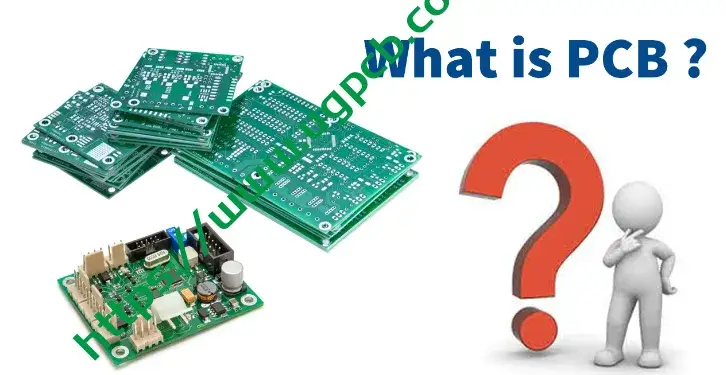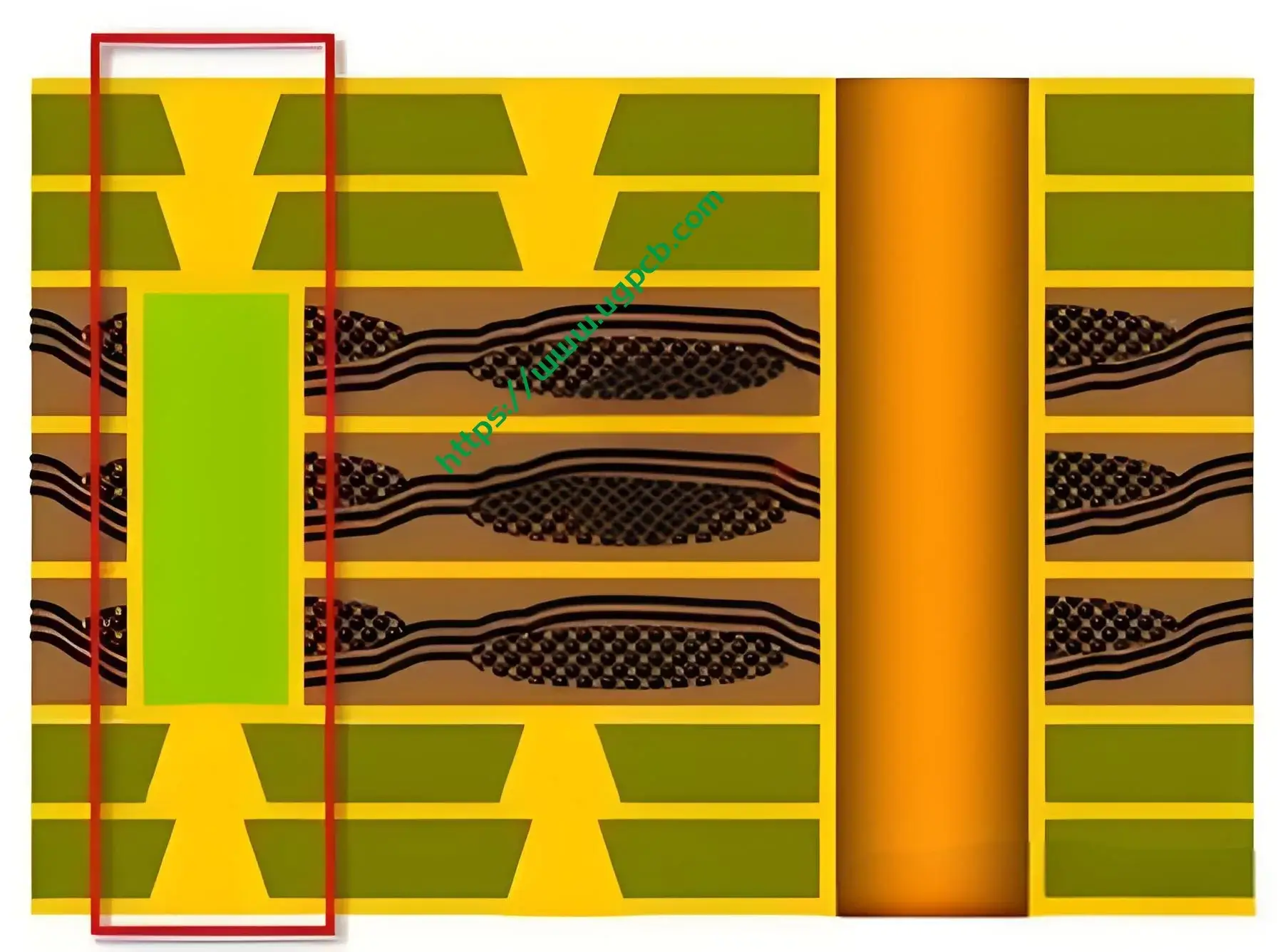ثنائي الفينيل متعدد الكلور: The Heartbeat of Modern Electronics

ثنائي الفينيل متعدد الكلور, اختصار للوحة الدوائر المطبوعة, serves as the backbone of modern electronic devices. Constructed from a base substrate, insulation materials, and copper foil, PCBs utilize printing and etching processes to create circuits. Alternatively known as PWB (Printed Wire Board) in the United States and Britain, these boards are crucial for supporting and connecting various electronic components.
The Role of PCB
PCBs are vital electronic components that not only support electronic assemblies within a PCBA board but also provide circuit connections for various electronic parts. By connecting capacitors, المقاومات, المحاثات, IC chips, and other necessary components, PCBs function as the motherboard or mainboard of electronic devices.
Almost every electronic gadget, from headphones and batteries to computers, communication equipment, airplanes, الأقمار الصناعية, automobiles, ships, والأجهزة الطبية, relies on PCBs. ثنائي الفينيل متعدد الكلور, which stands for Printed Circuit Board Assembly, refers to a PCB populated with various electronic components.
The Origin of PCB
The history of PCBs dates back to 1925 when Charles Ducas, the pioneer of the additive process, successfully created conductors for wiring by printing circuit patterns on an insulating substrate and using electroplating. في 1936, Paul Eisler, the pioneer of the subtractive process, first used PCBs in radios.
The application of PCB technology in military radios began in 1943, and by 1948, the United States officially approved PCBs for commercial use. In the 1950s, with the resolution of bonding strength and solderability issues of CCL and laminated boards, the copper etching method became mainstream, and PCBs began to be widely used. Since then, PCBs have dominated the electronics industry.
Evolution of PCB Technology
From single-sided PCBs in the 1950s to double-sided and then multi-layer PCBs in the following decades, the industry has witnessed significant advancements. The 1970s saw rapid developments in multi-layer PCBs, moving towards high precision, high density, fine lines, small holes, موثوقية عالية, تكلفة منخفضة, and automated continuous production.
In the 1980s, تقنية التركيب السطحي (سمت) gradually replaced through-hole mounting, and ultra-high multi-layer PCBs and High-Density Interconnect (مؤشر التنمية البشرية) boards flourished. By the 1990s, packaging technology evolved from Quad Flat Packages (MFF) to Ball Grid Arrays (بغا), prompting PCBs to develop smaller circuits.
Into the 21st century, high-density BGA, chip-scale packaging, and organic laminate materials for IC packaging substrates have seen rapid growth in PCB technology. PCBs have evolved from single-layer to double-layer, multi-layer, مرن, rigid-flexible combinations, metal-based, السيراميك, and more, each maintaining its unique development trend.
The Functions of PCB
Before PCBs, electronic components were interconnected through wires. PCBs provide mechanical support for fixing and assembling integrated circuits and other electronic components, enabling wiring and power connections (نقل الإشارة) or electrical insulation among them. They also offer required electrical properties such as characteristic impedance.
Adopting PCBs in electronic devices avoids the errors associated with manual wiring, facilitates automatic component insertion or mounting, soldering, والاختبار, ensuring product quality, enhancing productivity, reducing costs, and simplifying maintenance. PCBs simplify assembly and soldering, reduce traditional wiring workloads, and lighten labor intensity.
Classifications of PCB
By Application
- Consumer PCBs: Used in toys, cameras, televisions, audio equipment, mobile phones, lights, home appliances, إلخ.
- Industrial PCBs: Used in security, automobiles, أجهزة الكمبيوتر, communication devices, instruments, industrial controllers, إلخ.
- Military PCBs: Used in aerospace, radar, military ships, and military communication equipment.
By Base Material
- Paper-based PCBs: Phenolic paper-based and epoxy paper-based.
- Glass cloth-based PCBs: Epoxy glass cloth-based and Teflon glass cloth-based.
- Synthetic fiber PCBs: Epoxy synthetic fiber-based.
- Organic film-based PCBs: Nylon film-based.
- Ceramic substrate PCBs.
- Metal core-based PCBs: Iron, aluminum, نحاس.
- Hydrocarbon compound PCBs.
- Ceramic powder PCBs.
- PTFE, Teflon PCBs.
By Structure
- مركبات ثنائي الفينيل متعدد الكلور الصلبة
- Flexible PCBs
- Rigid-flexible combination PCBs
By Layer Count
- Single-sided PCBs: One-layer boards with components and markings on one side and circuitry on the other.
- Double-sided PCBs: Circuits on both sides connected through vias.
- Multi-layer PCBs: Containing internal circuit layers, typically 4 ل 20 طبقات.
- مركبات ثنائي الفينيل متعدد الكلور HDI: High-density interconnect boards with micro vias and buried vias, commonly used in mobile phone motherboards.
The Structure of PCB
PCBs consist of Copper Clad Laminates (CCL), Prepreg (PP sheets), احباط النحاس, solder mask (also known as solder resist), and silkscreen layers. Surface treatments protect the exposed copper foil from oxidation and ensure effective soldering.

CCL (Copper Clad Laminates)
CCL, or copper-clad laminate, is a composite material made by bonding glass fiber cloth and copper foil with epoxy resin as a binder. CCL is the basic material for manufacturing PCBs, providing conductivity, insulation, and support. The performance, جودة, and manufacturing cost of PCBs largely depend on CCL.
Prepreg (PP Sheets)
Prepreg, also known as PP sheets, is one of the main materials used in the production of multi-layer PCBs. It consists of resin and reinforcing materials such as glass fiber cloth. Prepreg softens under heat and pressure and solidifies upon cooling.
احباط النحاس – Circuit Layer
Copper foil, a thin, continuous metal foil deposited on the PCB substrate, serves as the conductor. It adheres to the insulating layer and is etched to form circuit patterns. Common copper foil types include rolled copper foil (RA) and electrolytic copper foil (ED).
قناع اللحام
The solder mask, usually green but also available in red, أسود, and blue, is a permanent protective layer on the PCB, preventing moisture, corrosion, mold, and mechanical damage. It also prevents components from being soldered incorrectly.
Silkscreen Layer
The silkscreen layer, typically located above the solder mask, provides annotations and labels such as component values, outlines, manufacturer logos, and production dates, aiding in PCBA installation and maintenance.
PCB Surface Treatment
Surface treatment refers to coating the connection points on PCBs, such as pads or contact points, with a protective layer. Common surface treatments include lead tin plating, lead-free tin plating, Organic Solderability Preservatives (OSP), Electroless Nickel/Immersion Gold (يوافق), immersion silver, immersion tin, and gold finger plating. With tightening environmental regulations, lead tin plating has been phased out, and most PCBs now comply with RoHS and halogen-free manufacturing processes.
خاتمة
PCBs are indispensable components in modern electronics, facilitating error-free wiring, automated assembly, and cost-effective production. As technology evolves, PCBs continue to adapt, ensuring they remain a cornerstone of electronic innovation.
 شعار UGPCB
شعار UGPCB

